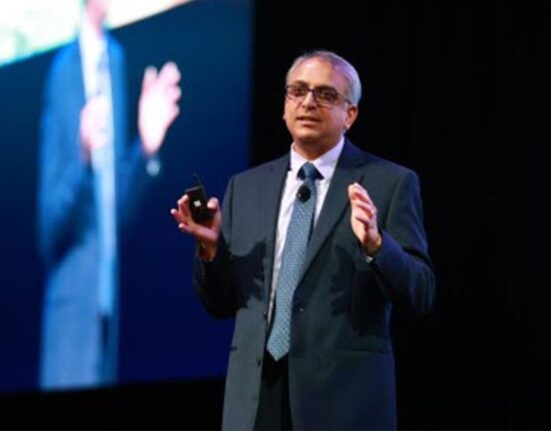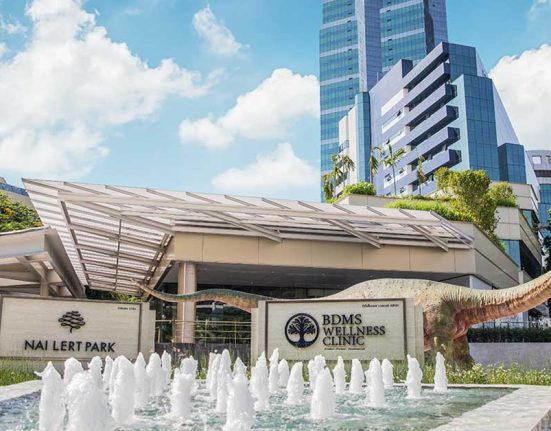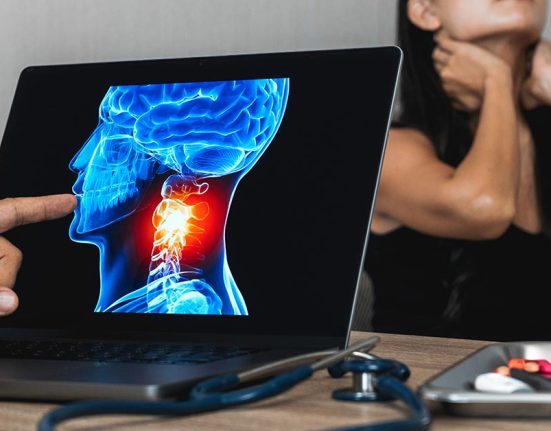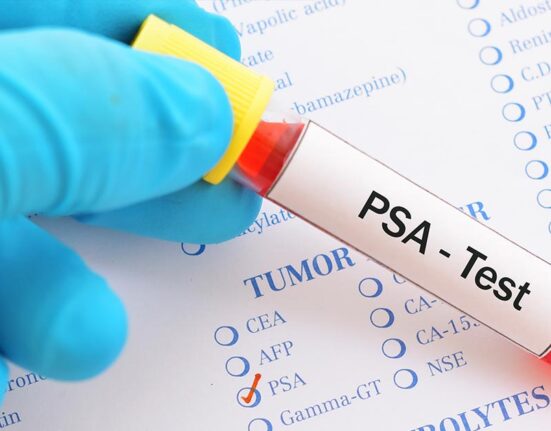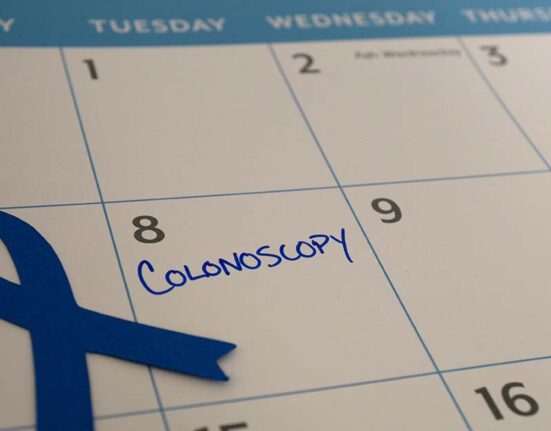Gallstones are solid particles that form in the gallbladder, causing significant discomfort and potential complications if left untreated. In Singapore, advanced medical facilities and experienced surgeons offer effective solutions for gallstone management. This article will explore the diagnosis and treatment options for gallstones such as laparoscopic cholecystectomy.
Understanding Gallstones
Gallstones are hardened deposits that can form from cholesterol or bilirubin in the gallbladder. They can vary in size and may cause symptoms such as severe abdominal pain, nausea, and jaundice. Early diagnosis and appropriate treatment are crucial to prevent complications.
Learn More: Stomach Pain After Meal And Other Symptoms Of Gallstones >>
Gallstones Diagnosis
- Abdominal Ultrasound
- The most common diagnostic tool for gallstones is an abdominal ultrasound. This non-invasive procedure uses sound waves to create images of the gallbladder, helping to identify the presence of stones.
- Endoscopic Ultrasound (EUS)
- EUS is particularly useful for detecting smaller stones that might be missed by a standard ultrasound. It involves passing a thin, flexible tube through the mouth to the digestive tract, providing detailed images of the gallbladder and bile ducts.
- CT Scan and MRI
- These imaging techniques offer detailed views of the abdominal organs and can help identify gallstones and any associated complications.
- Blood Tests
- Blood tests can reveal signs of infection, jaundice, or pancreatitis, which are potential complications of gallstones.
- Endoscopic Retrograde Cholangiopancreatography (ERCP)
- ERCP combines endoscopy and X-ray imaging to diagnose and treat gallstones. During the procedure, a dye is injected into the bile ducts, making the stones visible on X-rays. Gallstones can also be removed during this procedure.
Learn More: Medical Imaging >>
Treatment Options For Gallstones
- Medications
- For patients who cannot undergo surgery, medications such as ursodeoxycholic acid can help dissolve cholesterol gallstones. However, this treatment can take months or years and is not always effective.
- Cholecystectomy (Gallbladder Removal Surgery)
- The most common and effective treatment for symptomatic gallstones is cholecystectomy, the surgical removal of the gallbladder. This procedure can be performed using two main techniques:
- Laparoscopic Cholecystectomy: This minimally invasive surgery involves making small incisions in the abdomen to remove the gallbladder. It is associated with shorter recovery times and less postoperative pain.
- Open Cholecystectomy: In cases where laparoscopic surgery is not feasible, an open cholecystectomy may be performed. This involves a larger incision and a longer recovery period.
- The most common and effective treatment for symptomatic gallstones is cholecystectomy, the surgical removal of the gallbladder. This procedure can be performed using two main techniques:
Laparoscopic Cholecystectomy In Singapore
Laparoscopic cholecystectomy, often referred to as keyhole surgery, offers several advantages over traditional open cholecystectomy. One of the primary benefits is the minimally invasive nature of the procedure. Instead of a large abdominal incision, laparoscopic surgery involves small incisions through which specialised instruments and a camera are inserted. This results in less postoperative pain, reduced scarring, and a significantly shorter recovery time for patients.
Another advantage is the reduced risk of complications. The smaller incisions used in laparoscopic surgery lower the chances of infection and hernias compared to the larger incision required for open surgery. Additionally, the enhanced visualization provided by the laparoscopic camera allows surgeons to perform the procedure with greater precision, potentially reducing the risk of damage to surrounding tissues.
Lastly, laparoscopic cholecystectomy typically leads to a shorter hospital stay and quicker return to normal activities. Most patients can go home the same day or within 24 hours, whereas open surgery often requires a hospital stay of several days. This not only improves patient comfort and convenience but also reduces healthcare costs associated with longer hospital admissions.
Learn More: Gallstone Operation Cost In Singapore >>
Post-Surgery Care
After gallstone surgery, patients typically experience a quick recovery, especially with laparoscopic procedures. Postoperative care includes:
- Pain Management: Medications are prescribed to manage pain and discomfort.
- Dietary Adjustments: Patients are advised to follow a low-fat diet to aid digestion and prevent complications.
- Follow-Up Appointments: Regular check-ups with the surgeon ensure proper healing and monitor for any potential issues.
Contact Us For An Appointment For Laparoscopic Cholecystectomy
Gallstone diagnosis and treatment are essential for preventing serious health complications. In Singapore, patients have access to top-tier medical facilities and experienced surgeons who provide effective and minimally invasive treatment options. If you are experiencing symptoms of gallstones, consult with a healthcare professional to discuss the best treatment plan, including the possibility of laparoscopic cholecystectomy in Singapore.
Protect against cancer, cardiovascular disease, and other chronic diseases with regular health screening. Compare and shop for health screenings from Singapore and regional healthcare providers at a single convenient platform - shop.health365.sg
This article is informative only and is not intended to be a substitute for professional medical advice, diagnosis, or treatment, and should never be relied upon for specific medical advice.



















